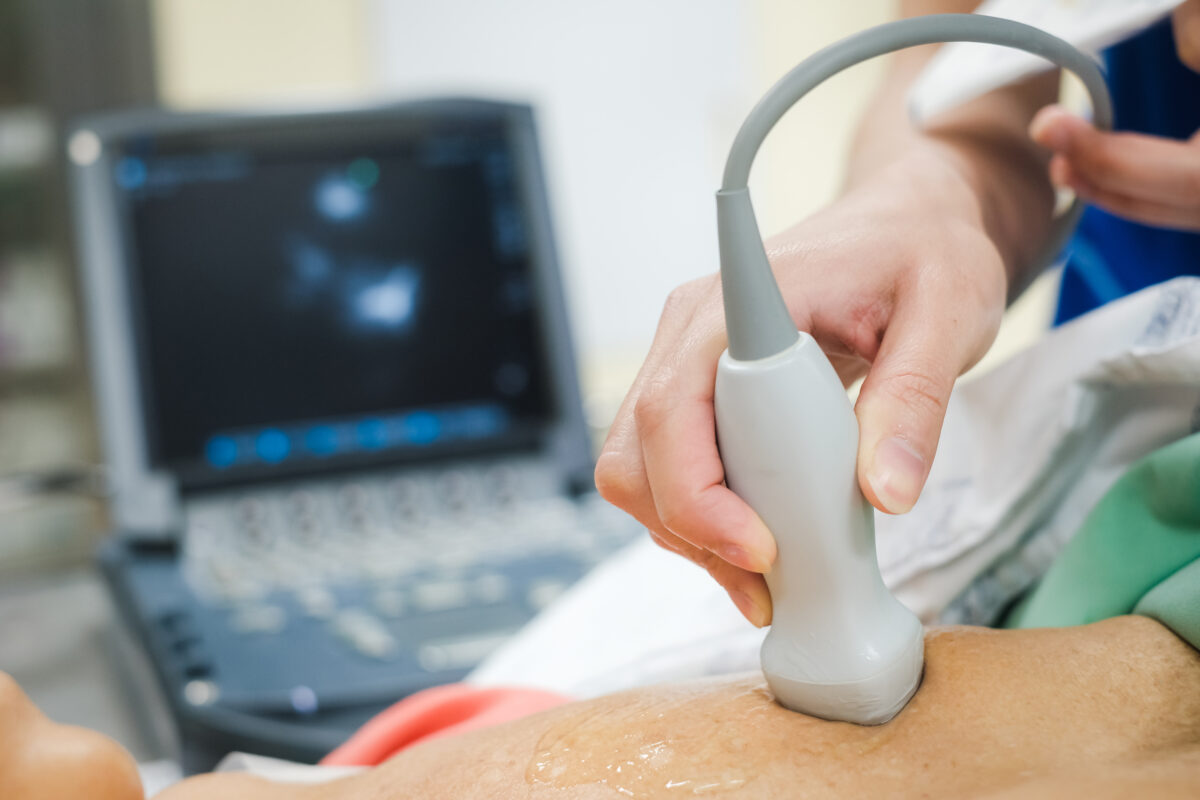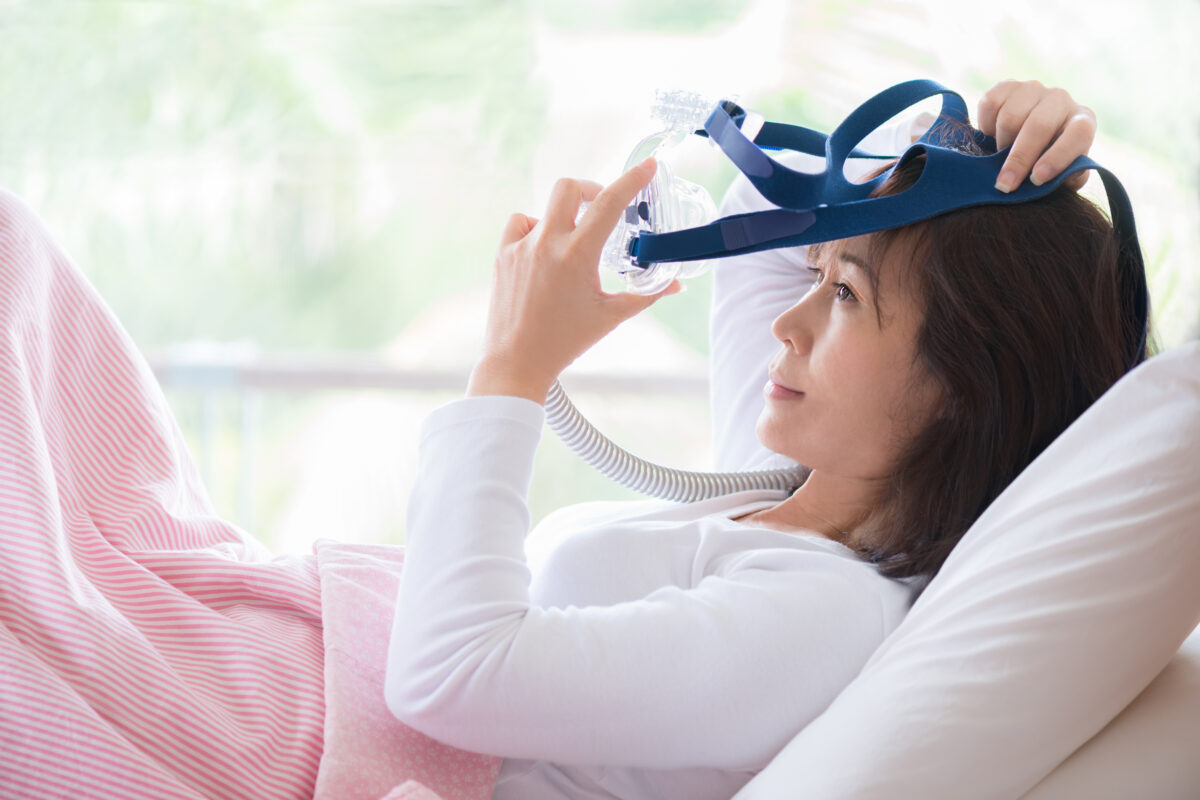Your Comprehensive Men’s and Women’s Health Services in NJ
In today’s fast-paced world, maintaining your health through comprehensive men’s and women’s health services in NJ is of utmost importance. Recently, there’s been a rise of online consumers seeking local reliable and comprehensive health services.
But why?
It’s crucial to understand the benefits of a holistic approach to wellness. Those seeking comprehensive health services want a well-rounded, caring experience that encompasses a broad range of medical and preventive approaches. Taking a hard look at your body’s current state goes beyond treating specific ailments, focusing on quality of life. This integrated way of providing health care utilizes both traditional and alternative medicine practices, emphasizing precautionary measures and personalized care.
First, a pain management specialist will begin with a thorough assessment of your current health. This may include a review of your medical history, including past injuries, surgeries, and any existing conditions. It may also include a physical examination to assess your range of motion, muscle strength, and any areas of tenderness. Imaging tests, such as X-rays, MRIs or CT scans, can usually identify any underlying structural problems.
What’s important in this entire process is a multidisciplinary road to relief. Most pain management practices employ a multidisciplinary team of specialists, including physiatrists who specialize in restoring movement and function. Additionally, a physical therapist can create a personalized exercise program so you can improve strength, flexibility, and balance.
Occupational therapists can help you find ways to manage pain while performing daily activities. Chiropractors target highly sensitive areas, teaching you coping mechanisms for dealing with and overcoming chronic back pain.
It all starts with your initial visit.
Comprehensive Men’s and Women’s Health Services in NJ: What to Expect
After receiving your first comprehensive men’s and women’s health services in NJ, expect a thorough assessment of your medical history. This includes your current health status, as well as any existing or potential pain issues. Be prepared to discuss symptoms, lifestyle factors, and goals for managing pain and improving your overall health and wellbeing.
Your specialist will explain the clinic’s specific approach to pain management. An assistant will ask you to describe your symptoms, including the location, duration, and severity of pain. Rating your pain on a scale of 1 – 10 is common. This helps team members as they use a pain scale to track your symptoms.
You’ll most likely receive a physical examination, assessing your overall health and identifying any particular pain origination points. This includes a review of your posture, gait, and range of motion.
This is a time to be open and honest about your symptoms and medical history. Ask questions and seek clarification regarding any concerns or treatments. Make sure you take notes and ask for a copy of your medical records. Discuss any allergies or sensitivities to medications or supplements.
Your Assessment Will Target a Much Broader Approach to Treatment
Seeking comprehensive men’s and women’s health services in NJ is crucial in developing an effective pain management plan. That’s why a comprehensive pain assessment will pry even deeper.
It involves a detailed evaluation of your pain symptoms. This includes the location, intensity, duration, and any factors that worsen or alleviate the pain. Your doctor may use tools and techniques to gather information and develop a personalized treatment map.
Based on the information gathered during this deeper investigation, your pain management specialist will work with you. You can walk out with a personalized treatment plan tailored to your specific needs, goals, and preferences. This may include a combination of medication management, physical therapy, intervention procedures, lifestyle modifications, and complementary therapies. You’ll get educated about your condition, treatment options, and self-care strategies.
“Comprehensive pain rehabilitation takes a broader biopsychosocial approach to treatment involving different health care providers,” says Health Central. This can involve physicians, psychologists, psychiatrists, nurse specialists, physical therapists, and occupational therapists to help retrain our overprotective pain systems.
The article adds: “It focuses on the patient and role they play in pain self-management, empowering patients to take control. Goals include functional restoration, improved quality of life, reduced health care utilization, and returning to work, not just pain reduction.”
Overall, be patient, and don’t hesitate to ask questions or seek a second opinion if needed.
Emotional and Cognitive: Comprehensive Men’s and Women’s Health Services in NJ
Comprehensive men’s and women’s health services in NJ aren’t just for anybody. There are several reasons why middle-aged adults are more likely to experience chronic or sudden pain.
As we age, our bodies accumulate wear and tear. Years of physical activity, injuries, and even daily movements take a toll on bones, joints, muscles, and connective tissues. This leads to conditions like arthritis, tendonitis, and bursitis, all of which cause pain.
Muscle mass and flexibility also naturally decline with age. This can lead to poor posture, which puts stress on joints and ligaments. Weaker muscles also make it harder to support the body properly, leading to an increased susceptibility to injuries and pain. Excess weight also doesn’t help. More weight puts extra stress on joints, especially in the lower body. This can worsen existing pain conditions and contribute to new ones.
Certain medical conditions, such as Diabetes, thyroid problems, and Fibromyalgia, can cause long-term chronic pain. These issues become more common with age and aren’t limited to the few mentioned herein. Lifestyle choices, like smoking, a diet high in processed foods, and a lack of physical activity, aren’t healthy.
There are also societal trends contributing to pain in middle-aged adults. Many jobs require sitting for long periods, which can lead to muscle stiffness and pain. On top of this, chronic stress can worsen pain perception and cause muscle tension.
“Chronic pain may stem from an acute pain episode or disease state,” according to a Brain and Behavior research report. “Yet there is often no identifiable etiology in chronic pain syndromes. As such, chronic pain treatment is challenging as there is significant variability regarding the source of pain. As chronic pain persists, it affects people not only physically, but also emotionally, cognitively, and spiritually.”
Early Intervention Equals Progress, Not Perfection
Believe it or not, you can listen to your body with comprehensive men’s and women’s health services in NJ. Don’t ignore pain signals. Address them early and often.
If you experience new pain, discuss it with your point-of-contact at your pain management provider. Also, keep a detailed pain journal if you think it might help. Quick journaling can aid immensely in discussions with your pain management specialist.
Set SMART goals, which are Specific, Measurable, Achievable, Relevant, and Time-bound. These smaller objectives will provide a clear path toward your larger ambitions. Acknowledge and celebrate even the smallest of victories, like completing a workout or making a healthy meal choice.
View setbacks as learning opportunities. Analyze what went wrong and adjust your approach for next time. Don’t let them derail your progress. Focus on making healthy choices consistently, even if they’re not perfect. Consistency is the key to long-term success.
Finally, focus on progress, not perfection. Zero-in on gradual, sustainable improvements in your health and lifestyle. Striving for perfection can be paralyzing. It can lead to procrastination, fear of failure, and ultimately hinder progress. You might set unrealistic goals or become discouraged by minor setbacks. The pressure to be perfect can also lead to unhealthy comparisons with others.
This journey is a powerful shift in your mindset. It can be incredibly helpful, especially when it comes to your health and long-term goals. It’s a marathon, not a sprint. Embrace the adventure and enjoy the positive changes you’re making along the way.
Wellness and Pain
Find your comprehensive men’s and women’s health services in NJ by visiting Wellness and Pain. We offer conservative treatments, routine visits, and minimally invasive quick-recovery procedures. We can keep you free of problems by providing lifestyle education and home care advice. This enables you to avoid and manage issues, quickly relieving your inhibiting lifestyle conditions when complications arise.
We personalize patient care plans based on each patient’s condition and unique circumstances. We help to improve wellness, increase mobility, relieve pain, and enhance your mental space and overall health.




















